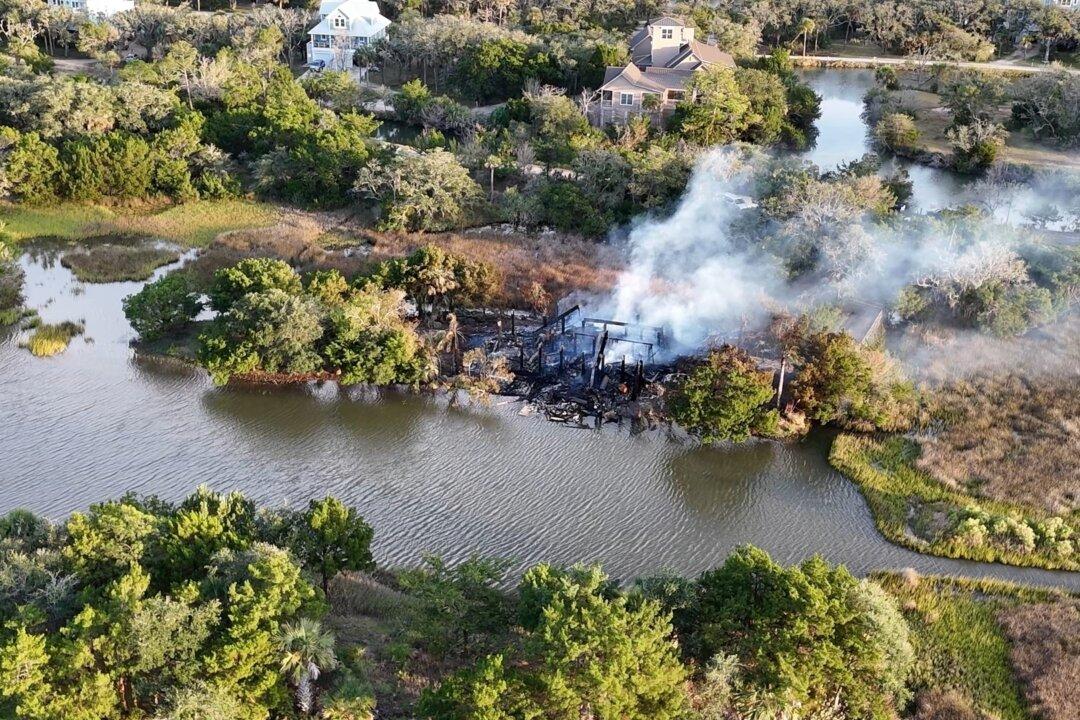MILLERSVILLE, Md.—More than a half-century after Maryland high school student Pamela Conyers was found strangled to death following her disappearance from a local shopping mall, law enforcement officials announced Friday that they finally solved the case.
But the suspect, Forrest Clyde Williams III—whom detectives identified using DNA technology and genetics research—died in 2018 of natural causes. Officials haven’t linked him to other unsolved crimes, leaving many unanswered questions for residents of the close-knit suburban community outside Baltimore.





